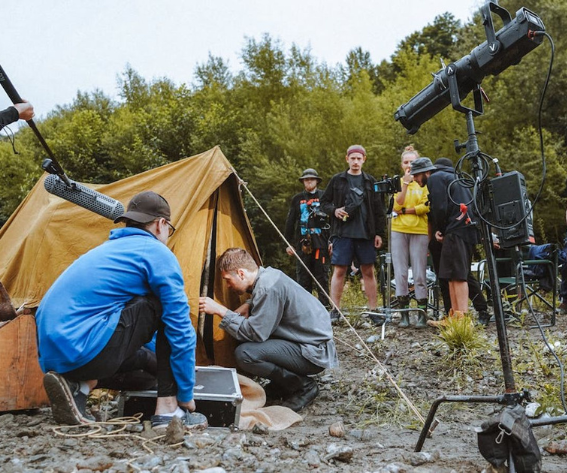Filmmaking has traditionally been considered an expensive process that entails high budgets, high-priced equipment, and an enormous crew. But with digital technology and low-cost tools, independent filmmakers can now produce professional-quality films without breaking the bank. If you are an up-and-coming director or an experienced filmmaker looking to save costs, this post will introduce you to the techniques, tools, and methods you’ll need to create professional-quality films on a budget.
1. Create a Solid Script
A good story is the backbone of any good film. Don’t think about equipment or locations first, but rather work on developing a solid, well-written script. Keep characters, locations, and special effects to a minimum to keep costs down. Many successful low-budget films have achieved success by telling stories that emphasize character development and dialogue over pricey set pieces.
2. Organize Every Detail (Pre-Production is Essential)
Careful planning will help you save time and money. Storyboarding, shot listing, and scheduling effectively can help you avoid costly mistakes. Here’s what to keep in mind:
- Make a Shooting Schedule: Group scenes by location to save on travel costs.
- Utilize Free or Low-Cost Software: Programs such as Celtx (for screenwriting) and StudioBinder (for production management) can help simplify your process.
- Take Advantage of Natural Light: Schedule your shoots during the optimal daylight hours to save on renting lighting equipment.
3. Use Low-Cost Equipment
Thanks to improvements in technology, you do not need a Hollywood camera to capture quality footage. Here are some low-cost options:
- Smartphones: The latest smartphones, like the iPhone and Samsung Galaxy series, can shoot in 4K and also have excellent stabilization features.
- DSLR/Mirrorless Cameras: Canon, Sony, and Panasonic offer low-budget cameras that can give you cinematic shots.
- Rent Instead of Buy: For that one shot that requires high-end gear, rent from companies like LensRentals or BorrowLenses.
4. Use Low-Cost Locations
Complicated set designs can be replaced with intelligent location scouting. Here’s how:
- Public Places: Parks, libraries, and abandoned buildings often provide cinematic backdrops for free.
- Friends and Family: Ask to use houses, offices, or private spaces.
- Green Screens: Green screens, when utilized appropriately, can assist in the formation of believable virtual worlds on a limited budget.
5. Collaborate with a Limited but Gifted Crew
As an alternative to a big crew, go for a small, passionate crew where individuals perform several different functions. Look into working with film students or aspiring filmmakers seeking to expand their portfolios. Credits, experience, and the chance to network can, at times, make up for financial limitations.
6. Use Free or Low-Cost Software for Editing
Post-production can be expensive, yet there are some low-cost editing options available:
- DaVinci Resolve (Free Version): Professional color correction and editing software.
- HitFilm Express: Ideal for indie filmmakers who require VFX and editing capabilities.
- Adobe Premiere Pro (Subscription-Based): Not free, but worth the investment for serious filmmakers.
7. Maximize Sound Without a Pricey Studio
Sound quality can ruin or make your film. Get a good external microphone, like the Rode VideoMic, and use free software like Audacity for editing sound in post-production. Recording clean sound on set reduces the need for costly ADR (Automated Dialogue Replacement).
8. Use Free Music and Sound Effects
Licensed music is costly. Instead, use royalty-free music from the following websites:
Or reach out to independent artists who may offer custom work for a credit in your film.
9. Distribute Your Film Creatively
Gone are the days when theatrical releases were the only way of film exhibition. Use these low-budget distribution ideas:
- YouTube & Vimeo: Great websites for exposure.
- Film Festivals: Many have free or low-fee submissions.
- Streaming Services: Websites like Amazon Prime Video allow independent filmmakers to distribute their films.
10. Monetize Your Film (And Finance Your Next Project)
When your film is finished, look into profit possibilities like:
- Crowdfunding through Kickstarter or Indiegogo
- Licensing to streaming services
- Selling merch or digital downloads
Additionally, branching into creative partnerships can bring in extra income. For instance, integrating unique sponsorships into your content—such as mentioning brands in your film or collaborating with industries that align with your target audience—can help with funding. The best online crypto casino USA exemplifies this approach by merging entertainment with financial opportunities, showcasing how innovative monetization strategies can be effective.









Leave a reply